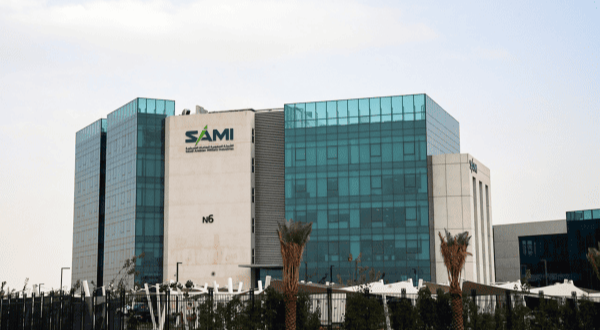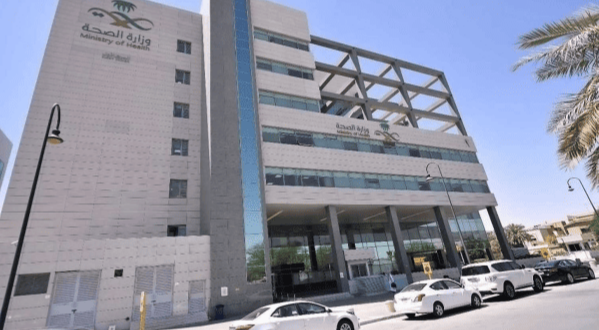Close the Gaps.
Find the Missing Links.
Reconcile physical assets with financial and operational records to eliminate discrepancies, ensure compliance, and restore complete confidence in your asset data.

3-Way Reconciliation
Align physical assets, registers, and financial books with precision

Ghost Asset Detection
Identify non-existent entries and recommend accurate write-offs

Unrecorded Asset Discovery
Capture overlooked assets and unlock capitalization opportunities

Audit-Ready Documentation
Comprehensive records to support internal and external audits
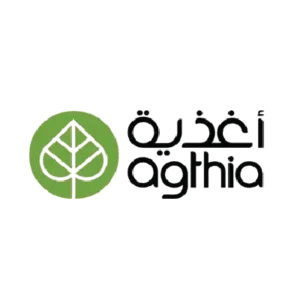



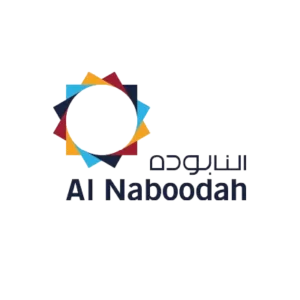

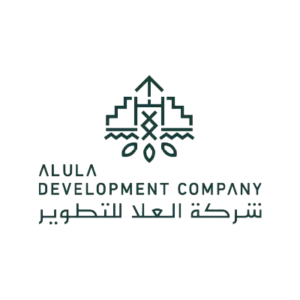

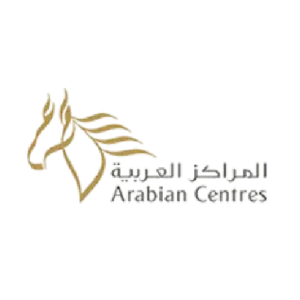

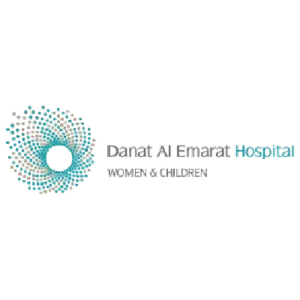
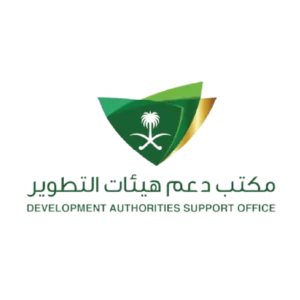





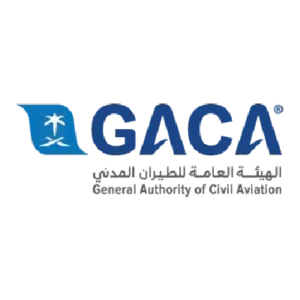

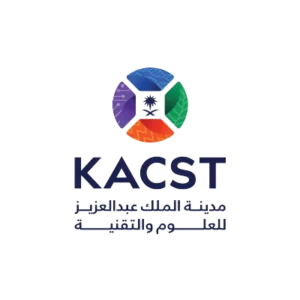
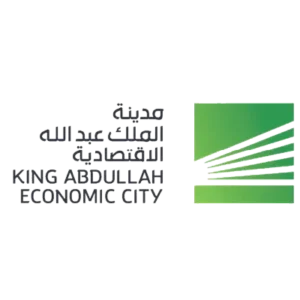

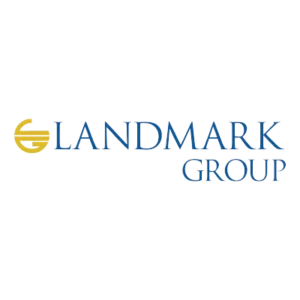


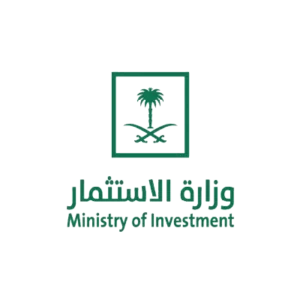



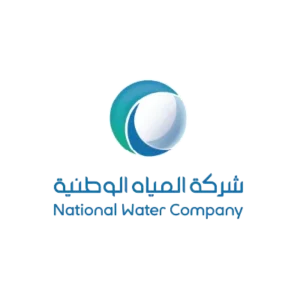

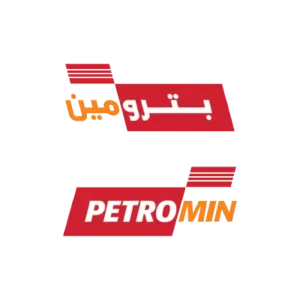




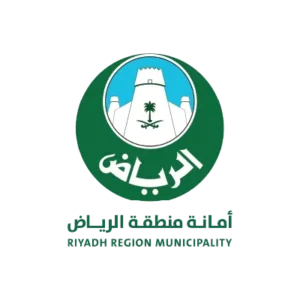
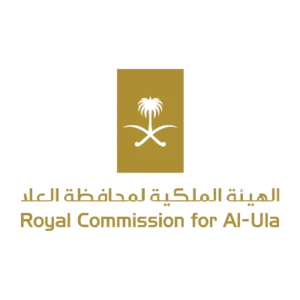
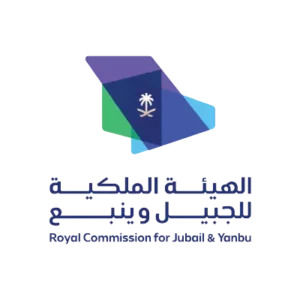
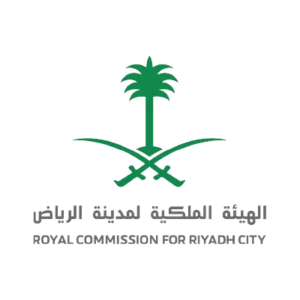
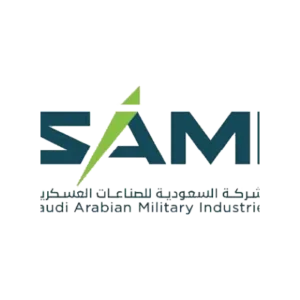

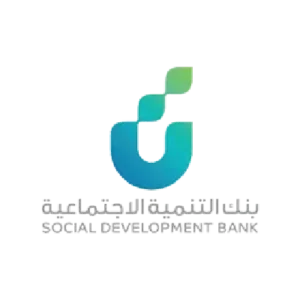
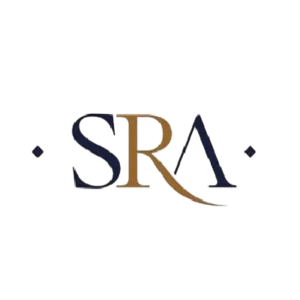
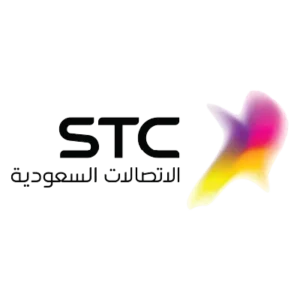
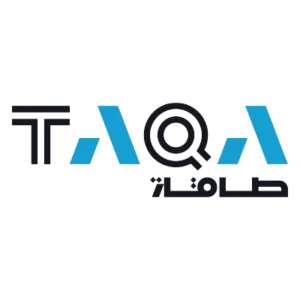
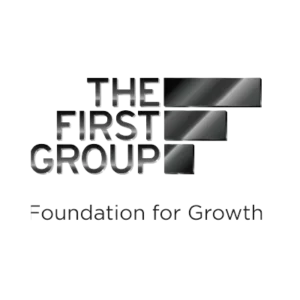

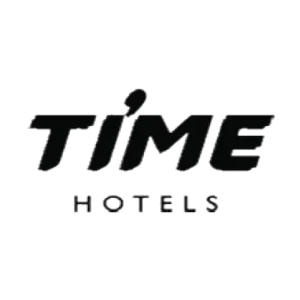

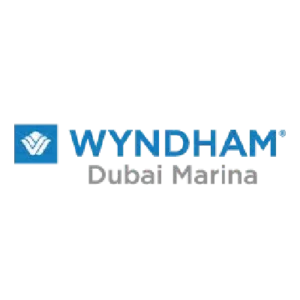
Delivering comprehensive asset reconciliation services
We perform reconciliation between physical assets and existing financial or operational records, identifying unrecorded assets, duplicates, ghost assets, and misclassified entries. This helps organizations comply with audits, optimize insurance coverage, and align with accounting best practices.
From educational groups in Dubai to government directorates in Riyadh, our reconciliation service has supported fiscal responsibility, reduced compliance risk, and improved asset valuation.

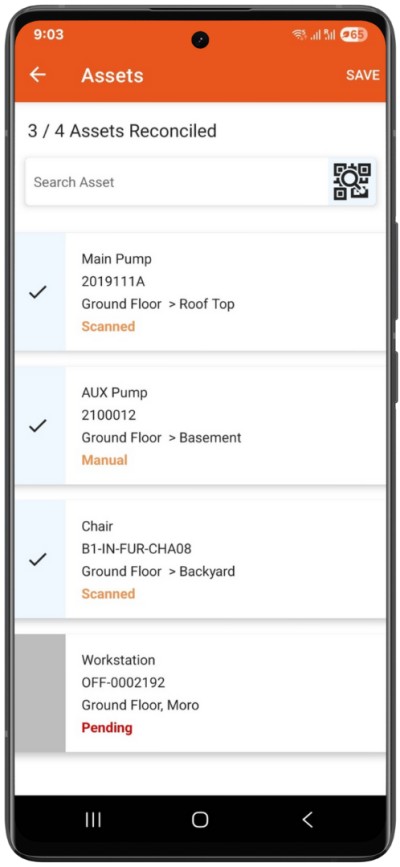
Aligning Records with Reality
Asset reconciliation is the process of comparing physical asset presence with accounting records and existing registers. The goal is to ensure data integrity, identify ghost or unrecorded assets, and align asset ownership, classification, and location across departments. This process improves audit transparency, ensures correct asset capitalization, and removes errors that impact insurance, depreciation, and financial planning.
3-Way Matching
We compare three data sources:
- Physical asset data collected onsite,
- Current asset register, and
- Financial fixed asset ledger.
Discrepancy Identification
- Missing Assets: Recorded but not found physically.
- Ghost Assets: Physically found but not in any register.
- Misclassified Assets: Wrong location, user, or department.
Exception Reporting
A detailed reconciliation report is produced showing additions, deletions, updates, and variances with root causes.
Final Alignment
Registers and ledgers are updated based on approved reconciliation results.
Reconciling your physical and financial asset records uncovers inconsistencies that impact compliance, planning, and profitability. Here’s how organizations transform through our reconciliation process
Before Asset Register Reconciliation
- Inaccurate asset counts across departments
- Ghost assets still depreciating on financial books
- Unrecorded or newly purchased assets not capitalized
- Duplicate or misclassified entries in the asset register
- Departmental confusion over asset ownership/location
- Unreliable data for audits or insurance claims
- Inconsistent values in ERP, CMMS, and finance systems
After Asset Register Reconciliation
- Verified, traceable inventory of all physical assets
- Ghost assets removed, reducing unnecessary expenses
- All active assets recorded, tagged, and capitalized
- Cleaned and standardized asset data
- Clear ownership and location history for every asset
- Audit-ready registers and accurate insurance valuations.
- Synchronized data across all platforms
Accurate, aligned, and actionable asset records that support better budgeting, stronger compliance, and smarter lifecycle planning.

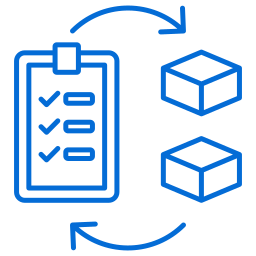


Trusted by leading organizations, our asset reconciliation services combine accuracy, and complete asset documentation — giving you confidence that every asset is identified, traceable, and secure.
Transparent process flow with field logs and validation checks
Financial reconciliation aligned with audit/IFRS principles
Experience with 20,000+ reconciled assets per project
Delivering Excellence Across Saudi Arabia and UAE


